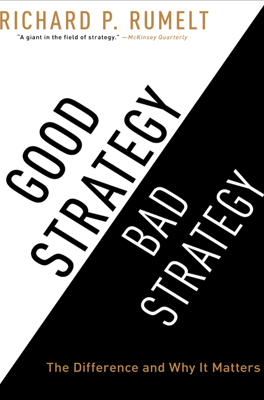Growth
Transition in Leadership and Approach at Crown Cork & Seal
In 1989, William Avery succeeded John Connelly as CEO of Crown Cork & Seal. Avery initiated an aggressive growth strategy primarily through acquisitions aimed at expanding the company's global footprint and diversifying its product lines in metal and plastic containers. This approach marked a shift from the company’s traditional strategies that focused on flexibility and niche markets.
Expansion and Acquisitions
Under Avery's leadership from 1990 to 1997, Crown made significant acquisitions, including buying parts of Continental Can and Constar, and expanding into the production of plastic containers, notably polyethylene terephthalate (PET) containers. The largest of these acquisitions was CarnaudMetalBox in 1995, which made Crown the largest container manufacturer globally. Avery intended these acquisitions to create a foundation for further global growth and achieve economies of scale.
Strategic Missteps and Financial Decline
Despite the rapid expansion, several strategic and industry challenges emerged: - The growth strategy was heavily reliant on acquiring companies which often led to overpaying, significantly increasing Crown’s debt without proportionate returns. - The shift to plastic containers, though initially lucrative due to market trends away from glass and metal, reached a saturation point by the late 1990s. This was exacerbated by market dynamics where the perceived benefits of industry consolidation did not materialize as expected, leading to falling prices and profit margins. - The traditional advantage of Crown in customer-oriented flexible production was diluted by the emphasis on cost control and scale, which conflically with its core competencies.
Impact on Stock and Overall Company Performance
From 1998 to 2001, these strategic missteps manifested in a dramatic decrease in Crown's stock price from $55 to $5, reflecting the company's declining profitability and market positioning. Avery retired in 2001, passing leadership to John Conway, who shifted the focus back to cost control, quality, and technology. While Conway stabilized the company, returning some value to shareholders, the long-term financial returns remained significantly below industry benchmarks.
Broader Lessons on Growth and Strategy
The chapter illustrates the complexities and risks associated with growth through acquisitions. It critiques the prevalent business ideology that indiscriminate growth and scale are inherently beneficial. Crown's experience under Avery highlights that strategic growth should be aligned with a company’s core capabilities and market conditions to be sustainable. Misguided expansion, especially when fueled by acquisitions without clear competitive advantages or operational synergies, can lead to financial distress and strategic failure, overshadowing the fundamental principles of effective corporate strategy.
